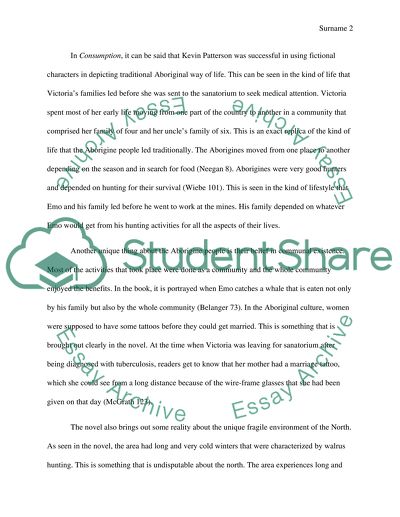Cite this document
(“How Historically Accurate is the Fictional Literary Work, Consumption, Book Report/Review”, n.d.)
How Historically Accurate is the Fictional Literary Work, Consumption, Book Report/Review. Retrieved from https://studentshare.org/literature/1671899-how-historically-accurate-is-the-fictional-literary-work-consumption-on-aboriginals-in-the-north
How Historically Accurate is the Fictional Literary Work, Consumption, Book Report/Review. Retrieved from https://studentshare.org/literature/1671899-how-historically-accurate-is-the-fictional-literary-work-consumption-on-aboriginals-in-the-north
(How Historically Accurate Is the Fictional Literary Work, Consumption, Book Report/Review)
How Historically Accurate Is the Fictional Literary Work, Consumption, Book Report/Review. https://studentshare.org/literature/1671899-how-historically-accurate-is-the-fictional-literary-work-consumption-on-aboriginals-in-the-north.
How Historically Accurate Is the Fictional Literary Work, Consumption, Book Report/Review. https://studentshare.org/literature/1671899-how-historically-accurate-is-the-fictional-literary-work-consumption-on-aboriginals-in-the-north.
“How Historically Accurate Is the Fictional Literary Work, Consumption, Book Report/Review”, n.d. https://studentshare.org/literature/1671899-how-historically-accurate-is-the-fictional-literary-work-consumption-on-aboriginals-in-the-north.


